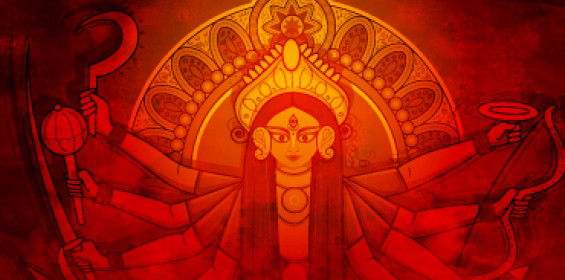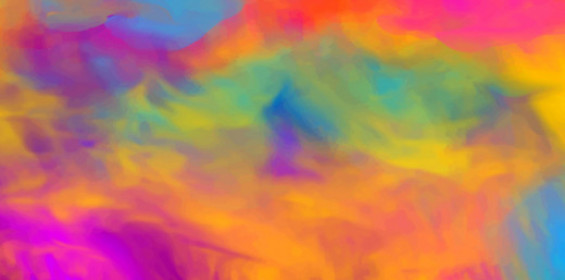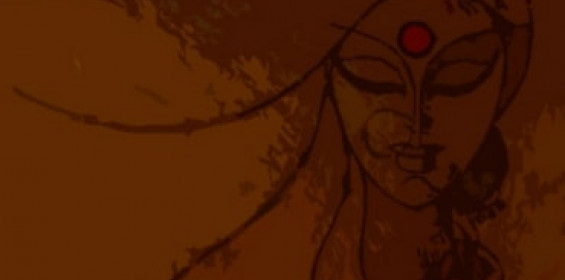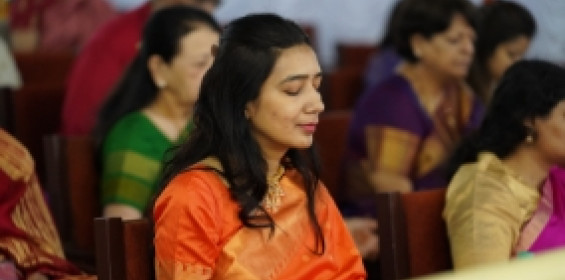Amazing facts about India.
- Was there a meridian before the world adopted the Greenwich Meridian?
- Was Galileo the first person in the history of our humanity to say the earth is round?
- Does the name, Milky Way, have an ancient root?
India has always attracted thousands of travellers through time and age. The vast knowledge of the scholars of India has forever drawn seekers of knowledge to this land of mystery and ancient wisdom.
What the world called geography was known as bhushastra for ages in India. ‘Bhu’ the Sanskrit word for earth and ‘shastra’ meaning science. The ancient Indian scholars knew that the science of the earth extended way beyond the earth itself. And included the atmosphere.
Bharath Gyan, a passionate research initiative, is painstakingly dotting the pieces together, foraging amongst lost remnants to keep the glorious past alive and known. Here are some lesser-known facts:
The next time you see a tortoise...
Ancient Indians had the knowledge of tectonic plates long before the West discovered it.
Indian geological texts describe the earth as being supported by eight tortoises. The analogy of the tortoises stands for the eight solid tectonic plates on the earth’s crust over the molten core of the earth, which are constantly moving but very slowly, just like a tortoise.
The Dashavatara Evolution Theory better explains this. Lord Vishnu had ten incarnations (the Dashavatara) with the kurma form (tortoise or half-man-half tortoise being the second one).
As per this legend, Lord Vishnu supports the mountain on the back during the churning of the oceans (Samudra Manthan) by the devas and asuras.
Surprisingly, there is a similar tortoise legend in the ancient American legends too, where a turtle dives to the bottom of the ocean to bring back mud to create the earth.
Sir Edward Burnett Tylor, regarded by many as a founding figure of the science of social anthropology, has said: “The striking analogy between the tortoise myth of North America and India is by no means a matter of a new observation.”

Ujjain: Meridian of the old world
Today, everyone knows that time is measured from the Greenwich Meridian which passes through London.
But what many don’t know is that in the years before the world turned Eurocentric, the meridian of the world was in India. Passing through the city of Ujjain, which was located at the junction of this meridian and the tropic of cancer.
The shrine of Mahakaaleshwar stands in Ujjain as a testimony to this. Mahakaaleshwar, one of the jyotirlingas, is dedicated to Shiva, the lord of time.
Even Greek geographers like Ptolemy mention Ujjain in their maps as `Ozene’ and the Ujjayni Zero Meridian.
In the 17th century, Raja Jai Singh built his observatory called Yantra Mahal in the line of this meridian.
Other prominent scholars of Indian astronomy like Varahamihira, Lallacharya, Bhaskara, Sankaranarayana repeatedly speak of the Indian Zero Meridian of Ujjain and the time zone concept of the world with the Indian Meridian as its center.
They understood and applied the meridians and relative measurements, the four different time zone periods on the earth and their respective positions of day and night. And this was 1,500 years ago.

The discovery before Galileo
When Galileo stated that the earth was round, little did he know that a good thousand of years before him, the Indian scholar Aryabhatta had already mentioned this in his book, Aryabhattam, written in 499 BC.
Aryabhatta, along with another scholar Brahmagupta, went further on to correctly state that the earth rotates on its own axis and revolves around the sun. Something that finds a mention even further back in the Rig Veda, which was written between 1700-1100 BC.
In 1030 BC, Al-biruni, a Persian scholar who came to India, wrote of his amazement about the Indians’ vast knowledge in geography, in his magnum opus book, The Kitab-ul-Hind.
Lalacharya in his work, ‘Sishyadhi vrudhi tanta’ spoke of the seven atmospheric layers as avaha, pravaha, udhwaha, samvaha, suvaha, parivaha and paravaha. Thousands of years later, modern science recognized these as the exosphere, ionosphere, thermosphere, mesosphere, stratosphere which contains the ozone layer.
The Milky Way & an ancient river
For decades, the milky way galaxy has delighted us with its beauty and left us wondering about its mysteries. This barred spiral galaxy about a hundred light years across and which is 1,000 to 2,000 light years thick, contains our entire solar system.
Our sun, a star in this galaxy, is situated in one of the arms called the Orion arm. This is the spectacular ‘Orion constellation’ we see in the night sky.
Sages in ancient India have mentioned the Milky Way in their sacred texts, the Puranas. In ancient Indian astronomical books, the Milky Way is called the ‘Akashganga Mandakini’.
Akashganga is composed of two words. Akash is the vast sky and Ganga represents a flowing river. Together, they mean a sky where a thick patch of continuously moving stars appear like sparkling water drops. In Sanskrit language, Mandakini means ‘galaxy’, where Manda means slow representing a slowly moving galaxy.
The western name, Milky way, coincidentally delivers the same meaning visually.
The material has been sourced from @bharathgyan. This research team, led by a passionate husband-wife duo - Dr. DK Hari and Dr. Hema Hari, unearth some of India’s untold stories and make them contemporary. You can click here to buy any of their books on Indian civilization.































